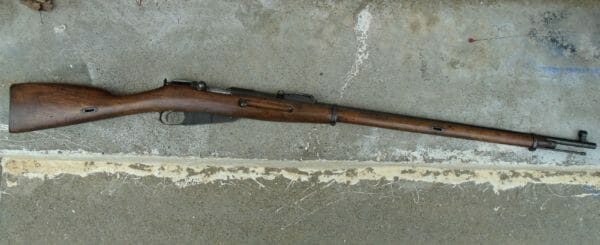
U.S.A. -(AmmoLand.com)- The Mosin Nagant rifle, there are few shooters out there that don’t know what they are or the general history of the gun that armed first the Tsarist Russian Army to the Soviet Military and even now still in some form of service in various countries around the world. In between Finland, China, Poland, and dozens of other countries ended up using one form of Mosin Nagant either of Russian origin or of their own making. In the case of Finland, they took the Russian made guns and improved upon the design taking a utilitarian rifle designed to simply just work to become one of the most accurate bolt action rifles ever to be used in combat.
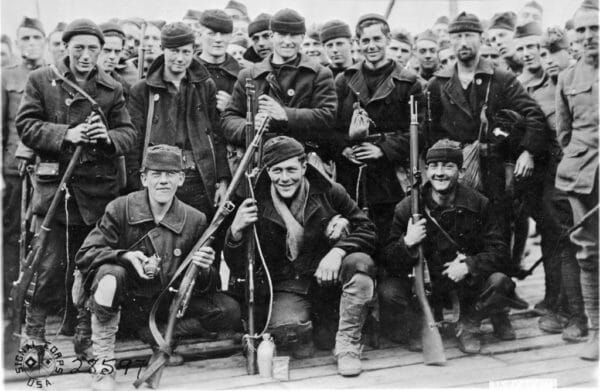
Russia and the Soviet Union produced some thirty-seven million Mosin Nagants alone in the various models and iterations over the decades, and the number of wars and conflicts they were in was staggering. To this day, you’re liable to find a well-used Mosin Nagant in the hands of some Third World soldier or militiaman that is still serviceable and ready to fight. Who knows how many might be in some cave in Afghanistan, some African village, or some jungle in Southeast Asia? Mosin Nagant rifles are literally in all corners of the globe and have been for a very long time.
Shop for Mosin-Nagant Rifles online:
That wasn’t always the case however, during World War I Russia could not keep up with production, they were not able to make as many Mosin Nagant rifles as their army needed. Even though the Russians were buying rifles from anywhere and everywhere, they could not keep up with the demand and they were suffering horrendous losses at the front. There were simply not enough rifles to go around and the Russian soldiers were getting cut to pieces. So, in 1915, the Tsar’s emissary ordered a million and a half M1891 Mosin Nagants from Remington with matching bayonets and another one million and eight hundred thousand from New England Westinghouse.
Remington had produced just under eight hundred and fifty thousand guns between 1915 and 1917 with only a little more than one hundred and thirty thousand having reached Russia by January of that year and of the seven hundred seventy thousand guns Westinghouse made, a quarter-million of those had made it to its destination by the time the Tsar’s government was overthrown the next month. A period of chaos broke out and by the time the Bolsheviks took charge, they defaulted on their contract to Remington and Westinghouse, claiming the guns were substandard, which was hardly the case.
The cancellation of the contract was a huge blow for both Remington and Westinghouse, and if the US Government hadn’t stepped in and bought the remainder of the guns in their inventories, both companies would have most likely gone bankrupt. Even still, Remington lost a large amount of money over the whole fiasco.
The deliveries to Russia slowed down to next to nothing, and with slightly more than two hundred thousand guns left in inventory, the U.S. started moving them out to National Guard units and various state militias and others were used for testing. In July 1918 the U.S. Army designated the M1891s as the Russian Three-Line Rifle, caliber 7.62mm. These were marked with the “flaming bomb” insignia, an American eagle, or otherwise.

The U.S. Army brass had nothing but contempt for the guns and was more than happy to get rid of them when they could. In November 1918 seventy-seven thousand were given to the fledgling country of Czechoslovakia. These guns went directly from Remington’s Connecticut factory to Vladivostok by way of Vancouver, Canada. Some of these guns did manage to reach the Czech Legion who were fighting the Bolsheviks, the rest disappeared from Vladivostok over the years, some were destroyed, others reportedly ended up in the hands of other powers, rumors that many ended up in China, but those guns appear to be lost to time.
Still, more of the American made M1891s ended up in Russia in Archangel in the hands of American troops, sent there to try and intervene between the Communists and those still loyal to the old ways of the Tsar. In the end, those guns were left behind when the U.S. troops pulled out in 1920.
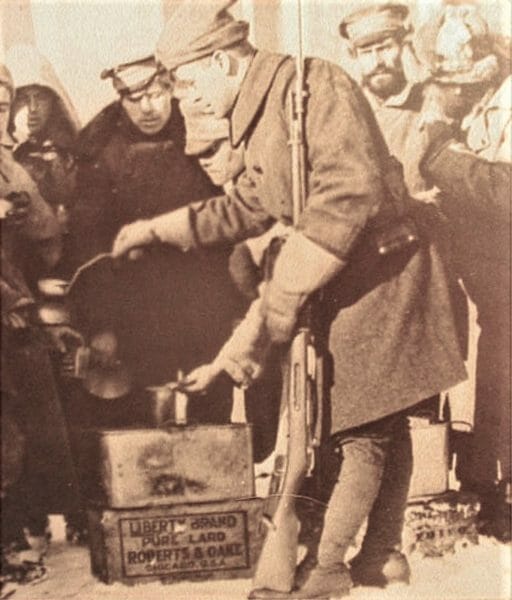
Some five thousand American made M1891 rifles ended up in Mexico after World War I in an arms deal between the United States and a country in desperate need of guns with all of its internal problems due to the constant fighting of their revolution.
Some of the Remington & Westinghouse guns ended up in Finland others to Spain to fight in the civil wars within those countries. No one knows exactly how many ended up going to these places, many over the decades have trickled back into the United States, some unaltered but many were modified in one form or another. The guns from Finland usually ended up with the letters “SA” stamped on the receiver, and the Spanish guns ended up with their replacement stocks with their stamping of “MP” over the number “8”. Some of the American made guns were rumored to have come from Mexico after their time south of the border wrapped in Mexican newspapers according to the men of the XV International Brigade, otherwise known as the “Abraham Lincoln Brigade”. These American made M1891s were dubbed Mexicanskis.
More of the American made Mosins were sold off to surplus companies, most notably by Francis Bannerman & Sons. Bannerman’s converted a great many to .30-06 and sporterized them, turning them into hunting rifles, some were kept as is and simply sold as surplus. Over the years more and more American made Mosin Nagants have turned up having been in the strangest places with weird markings having, like their Russian made brethren, served in faraway countries in the oddest of engagements with only their scars to tell the tale.
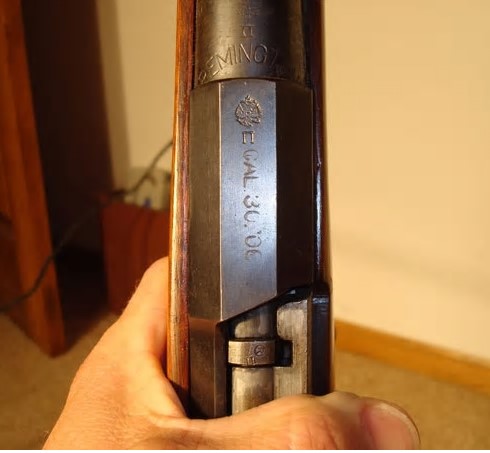
I recently found a Remington made Mosin Nagant with a few of those scars. Made in 1917, it was largely all original except for a few markings that I can’t quite decipher. At some time in its life, it had the original front sight replaced for an M91/30 style but the barrel was kept its original 31.5-inch length. The rear sight is still set in arshins, a unit of measurement centuries old and used by Imperial Russia. Later made Mosin Nagants like the 91/30 had rear sights that are measured in meters. One arshin is twenty-eight inches exactly, so one hundred arshins are seventy-seven yards. It does take a little getting used to.
The forward barrel band bears an Izhevsk stamping, so it’s pretty safe to say this gun spent some time in Russia at one point. From there is anyone’s guess for sure, a weird series of numbers were stamped on the left side of the stock and the outside of the magazine. Not a social security number or a US serviceman’s ID number, again, it’s a mystery. There are some other stamps and markings here and there, one that looks like a Polish “y” and another on the receiver that’s anyone’s guess. I have to believe that this particular rifle has had its fair share of overseas traveling during its lifetime. The bore and rifling are excellent in this rifle, I wonder if this gun spent more time on a rack than out in the field or maybe on guard duty somewhere.
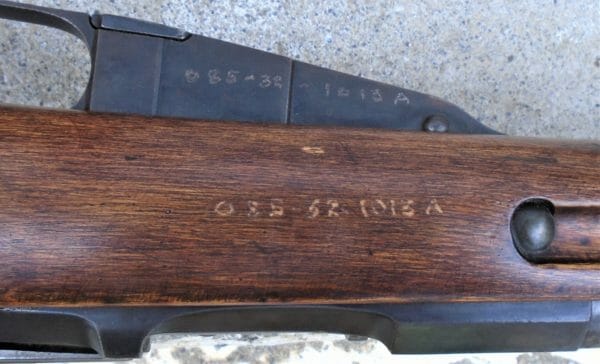
Closer to home I brought the Remington M1891 to the range with some surplus Russian ammunition that was made in 1982 and some Brown Bear 174-grain FMJ rounds. I set out a simple silhouette target first at 50 yards and the surplus ammunition shot a bit low but grouped ok. The second five shots were from the Brown Bear ammunition and hit pretty much to point of aim and gave me a much tighter group.
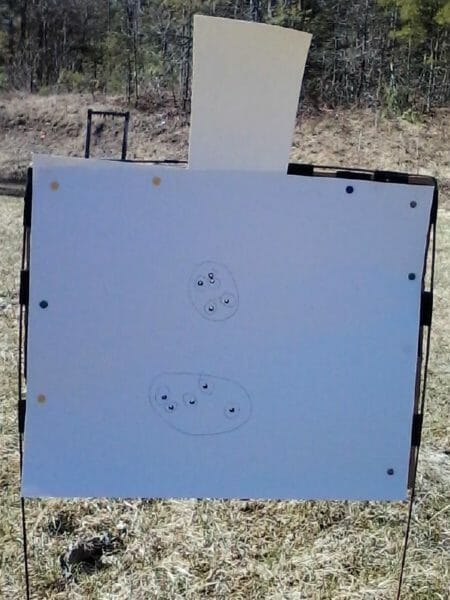
I then moved the target back to 100 yards and again, the rifle shot pretty much to the point of aim with the Brown Bear ammo except for one flyer. The trigger on this Mosin was very pleasant and the action worked as smoothly from the start and through until I was done, there were no instances of the bolt sticking at all with the Remington. The trigger on this gun is nice enough to make me wonder if it had been worked over at some point in time. I’ve been around a few Soviet-era M91/30 rifles and their triggers were much grittier and seemed to have a longer pull than this gun.
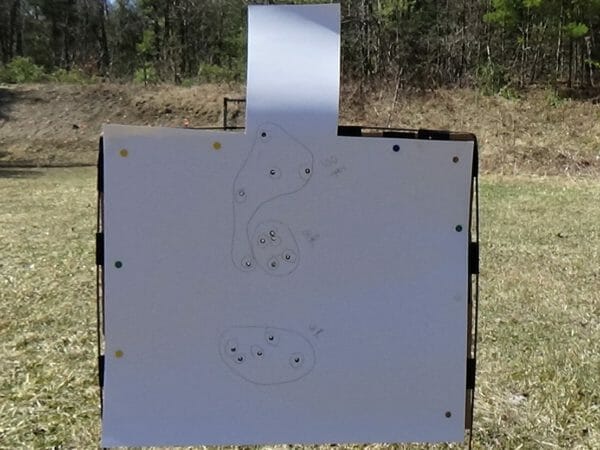
Recoil was also very pleasant with the Remington 1891, the long barrel and weight of the rifle helped soak that up and I could have shot many more rounds without a second thought. Having owned an older M1891 in the past, I can say that this gun was more enjoyable to shoot in pretty much every way. If this gun was reworked, someone certainly knew what they were doing as the awful reputation of the standard Mosin Nagants cannot possibly be applied to this gun.
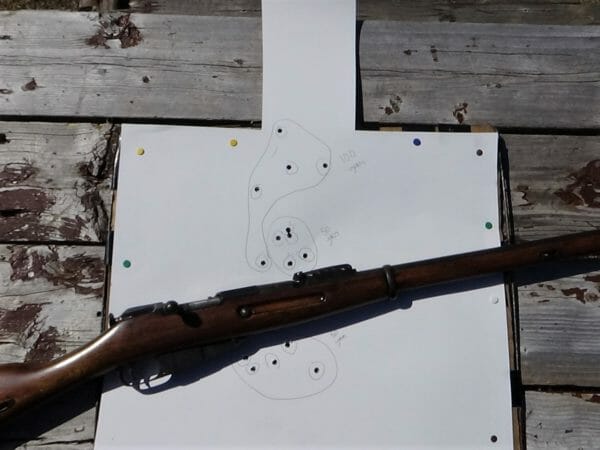
The American made Mosin Nagant rifles are a unique piece of firearms history. The Remington and Westinghouse made M1891 rifles were made to help save the Tsar, instead, they went on to fight in the aftermath of the Russian Revolution and many ended up serving those who helped depose him and wipe out the entire Romanoff line. They were meant to be used on the Eastern Front and instead ended up in conflicts all over the world only for many to come back home again like prodigal sons with stories to tell. If you want a military rifle to not only shoot but to also collect that has a rich history, you need to look no farther than the American made Mosin Nagant rifles.
About David LaPell
David LaPell has been a Corrections Officer with the local Sheriff’s Department for thirteen years. A collector of antique and vintage firearms for over twenty years and an avid hunter. David has been writing articles about firearms, hunting, and western history for ten years. In addition to having a passion for vintage guns, he is also a fan of old trucks and has written articles on those as well.


It’s great to find somebody that is able to enjoy an M1891, as well, I was beginning to wonder if I had brain damage. I have a close sibling of your rifle that performs as well as you have stated. She’s a numbers matching no hand-guard 1917 Remington with serial 240743. It’s still 7.62x54R and marked same as you have pictured, but also includes the Finnish army “SA” and some other witness marks. These Russian service rifles had armorer set sights for firing with the foot and half long bayonet affixed using, current surplus, lower quality ammo. Due to my bayonet… Read more »
Thank you, David for a well written, informative history of a rifle many may have not known about or have forgotten.
Your articles are always well written & much appreciated!
What I find it interesting about the 1st pictures is that in Remington made rifle there is Russian letter Д next to English N which stands for serial number. Also what appears to be Russian double headed eagle stamp which was insignia used by Tsar before revolution and underneath a russian letter П (English P or pie as in math symbol). So I assume this rifle did made it to Russian who added these marks or was it added by Remington?
The Russian service stamps were applied prior to export, but after an inspector sent from Russia had examined and accepted it for service in their military. Even with it having been marked for Russian service and readied for export doesn’t necessarily mean it was ever sent due to the sudden fall of the Csar and difficulty of paying for each shipment leading up to the collapse. Though many did manage to make their way there by other routes. If I recall correctly from researching my rifle, the “P” was stamped on rifles that were found to be more accurate and… Read more »